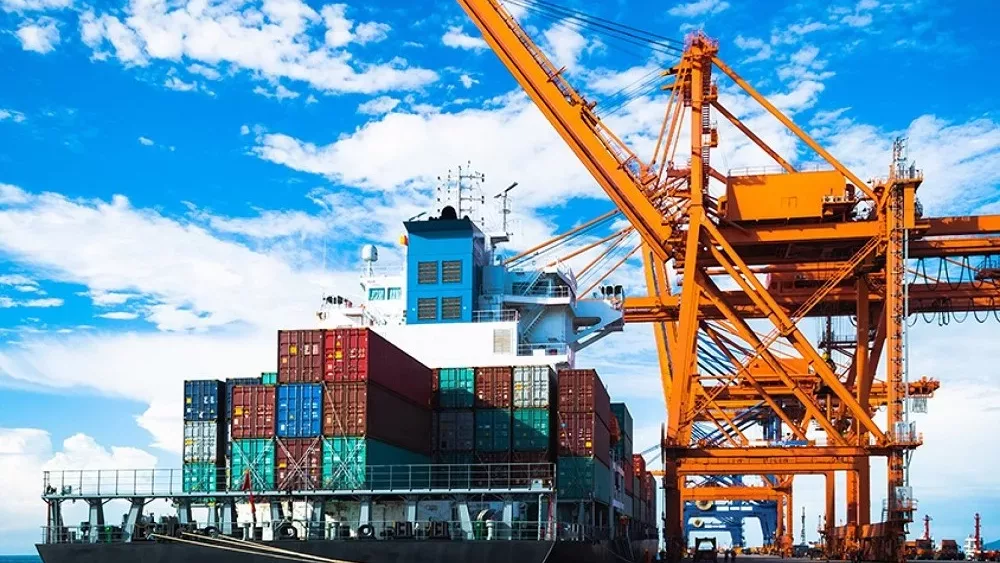The Mississippi River isn’t the only passageway for soybean exports experiencing difficulties this year due to drought conditions. The Panama Canal is in a similar situation.
“Each year, about 600 million bushels of U.S. soybeans utilize the canal on its journey to customers in Asia,” says Mike Steenhoek, executive director of the Soy Transportation Coalition, citing the Panama Canal is a critical link in our supply chain.
“And unfortunately, they’re experiencing drought conditions which is inhibiting the operation of the canal. Because the canal uses locks, it has to have fresh water from the high elevation to make the locks operate. And so the fact that they have lower water at their high elevation reservoir is limiting their water depth that they’re permitting for their ships for each passage. But even more consequently, they are limiting the number of transits per day and that’s causing some build up and some queues to amass.”
Barges continue to move slowly down the Mississippi River as well. Steenhoek says they’re “light loading” each one by about 25%.
“So, you look at 55,000 bushels in a single barge and then 25% of that, that’s a pretty significant downshift on the capacity. And then they’re also limiting the number of barges you can attach together because not only is the channel less deep, it’s actually more narrow, so you can’t get as many barges together. That’s what really drives the economics of barge transportation, those two things. So, it clearly is having a detrimental impact on our exports.”
In December, Hoosier Ag Today be joining the Indiana Soybean Alliance on a visit to the Panama Canal to see firsthand the issues there and to report on the impact the drought is having on soybean exports.






